After weeks of studying Darwin’s work, we were able to use his notes to recreate some of his experiments.
We decided to focus on his work on seed dispersal and what he felt he could learn from owl pellets and the study of diets within food chains.
The first thing we discovered was that an owl pellet isn’t what we thought. We thought it may be owl food or owl poo!!! In fact, it was neither!
Owl pellets are the undigested parts of an owl’s diet. They regurgitate any indigestible materials and they have proven a great way of discovering more about an owl’s diet.
The children worked scientifically, dissecting the pellets and asking incredibly thoughtful and inquisitive questions over a period of over 2 hours!
Children used bone charts to identify the remains of rats, mice, shrews and voles, and worked to try and put together complete skeletons.
We also discovered larvae belonging to the carpet moth, but the children quickly decided that they were not part of the diet, but more a consequence of the fur which was regurgitated by the owl and the moths laying their eggs and eating the fur.
We learnt that owls could help seed dispersal if they eat a prey species which has already fed on plats or berries containing seeds as they are passed up the food chain, but the children felt that they would have to be excreted rather than regurgitated and that the pellets maybe didn’t give them a definitive answer.
Year 6 created incredible booklets explaining what they did, their results and their own conclusions, including creating a food chain based on the materials that were in the pellets and filling in the gaps with their own knowledge. We look forward to finding out much more about how owls feed, hunt and possibly contribute to seed dispersal.
For more information, please visit https://www.barnowltrust.org.uk/barn-owl-facts/barn-owl-pellet-analysis/
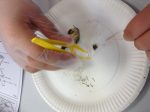
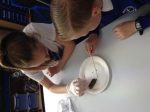

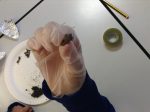
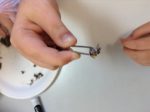
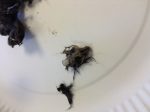
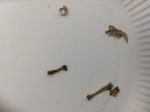
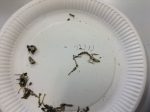
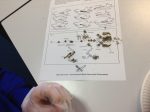
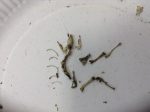
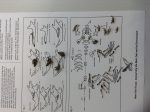

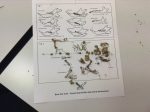



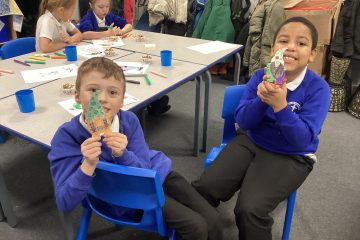
0 Comments